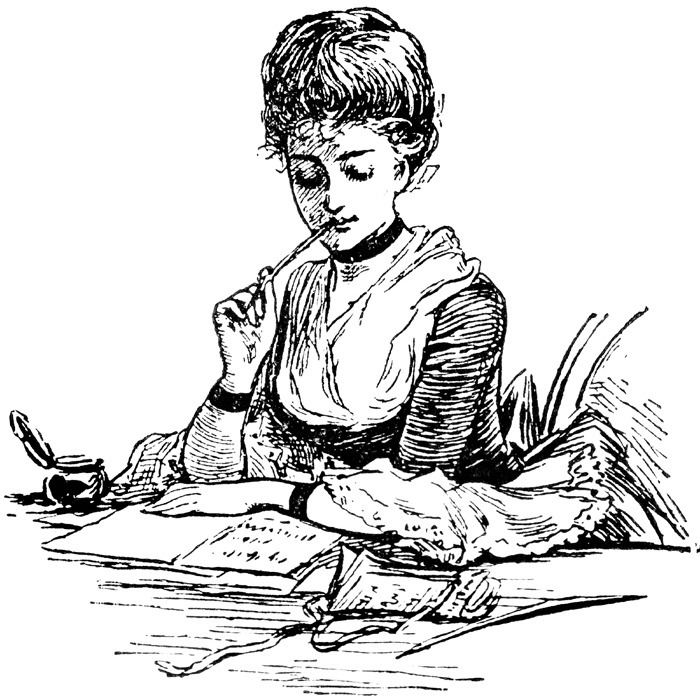Is this a typo or is it just poetry? Editing poetry can appear so daunting at times because of this infamous question. Everything within a poem can seem intentional. From two em dashes in a row to a misspelled word, it can be hard to decipher what’s needed and what isn’t. However, there are poetry rules that make it a little easier to navigate a poem.
Each poem form (e.g., free verse, blank verse, sonnet, and villanelle) is different and has its own set of rules. Therefore, in order to avoid an overwhelming amount of rules, I’ll start off with the sonnet.
The Shakespearean sonnet’s structure is pretty simple. It contains fourteen lines which are sectioned by the first eight lines and then the last six. Within each line, the words follow iambic pentameter, which means there are ten syllables for each line and it follows an abab, cdcd, efef, gg rhyme scheme. Therefore, every other line rhymes except for the last two lines which are called a couplet. An example of this format can be found in almost any Shakespearean sonnet. Here is one of William Shakespeare’s most famous sonnets, “Sonnet 18”. You can see how each line follows the same beat and the rhyme scheme changes every four lines, despite the last two.
Shall I compare thee to a summer’s day?
Thou art more lovely and more temperate:
Rough winds do shake the darling buds of May,
And summer’s lease hath all too short a date;
Sometime too hot the eye of heaven shines,
And often is his gold complexion dimm’d;
And every fair from fair sometime declines,
By chance or nature’s changing course untrimm’d;
But thy eternal summer shall not fade,
Nor lose possession of that fair thou ow’st;
Nor shall death brag thou wander’st in his shade,
When in eternal lines to time thou grow’st:
So long as men can breathe or eyes can see,
So long lives this, and this gives life to thee.
Besides the structural format, there are also general content rules. Most sonnets focus on one issue or thought that needs to be resolved or changed. The first eight lines focus on the issue or thought itself. By the eighth line, there is a shift called a volta where the speaker has a revelation, change of heart, or some other redirection. A great way to detect the volta is by looking for contrasting transition words, such as but, however, nevertheless, and despite. By the end, the speaker is able to resolve whatever dissonance they had in the last two lines (the couplet).
Now knowing the parameters of the words of a sonnet, it’s less troubling to knock out the words and lines that don’t fit within the mold. However, sometimes there are still moments that make the editor question, “Was that supposed to be there?” A lot of the time, for emphasis, poets will alter language to convey their message. An example of this would be an anastrophe. Which is a scheme in which the writer inverts the words in a sentence, saying, or idea. By invert, I mean that the words are written out of order. A pop culture example of this is Yoda from Star Wars when he says, “powerful you have become; the dark side I sense in you.” In this instance, the words “powerful” and “dark side” start both clauses of the sentence, giving emphasis to those words.
Poetry is a subject that a lot of editors shy away from because of its cryptic nature. However, if you think about it, everything in poetry is calculated and there for a reason (if it is a good poem). Specifically with sonnets, there is a calculated beat and rhythm, a calculated rhyme scheme, and even a calculated prompt to steer the reader from conflict to resolution. If a poem lacks any of these, ask yourself if there is a reason. Is there an inversion of words or phrases to make a point, or could the line be better worded. And if you’re really stumped, there is no shame in asking the poet! A lot of the time the poet knows exactly what they were trying to convey through their words or imagery. If they don’t then perhaps it is time to suggest something different.
Obviously, there is a lot more to poetry rules, forms, and choices. For now, let the editing tactics of editing sonnets flourish through the red-inked pen.

